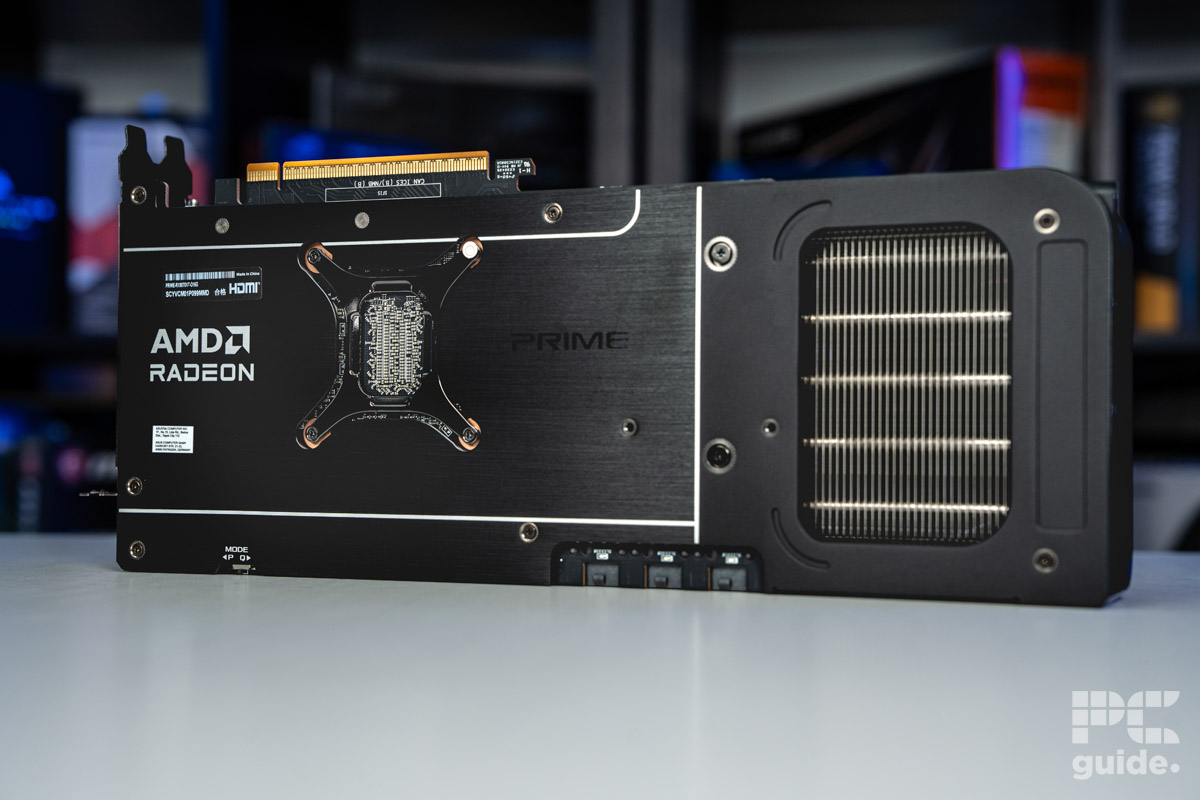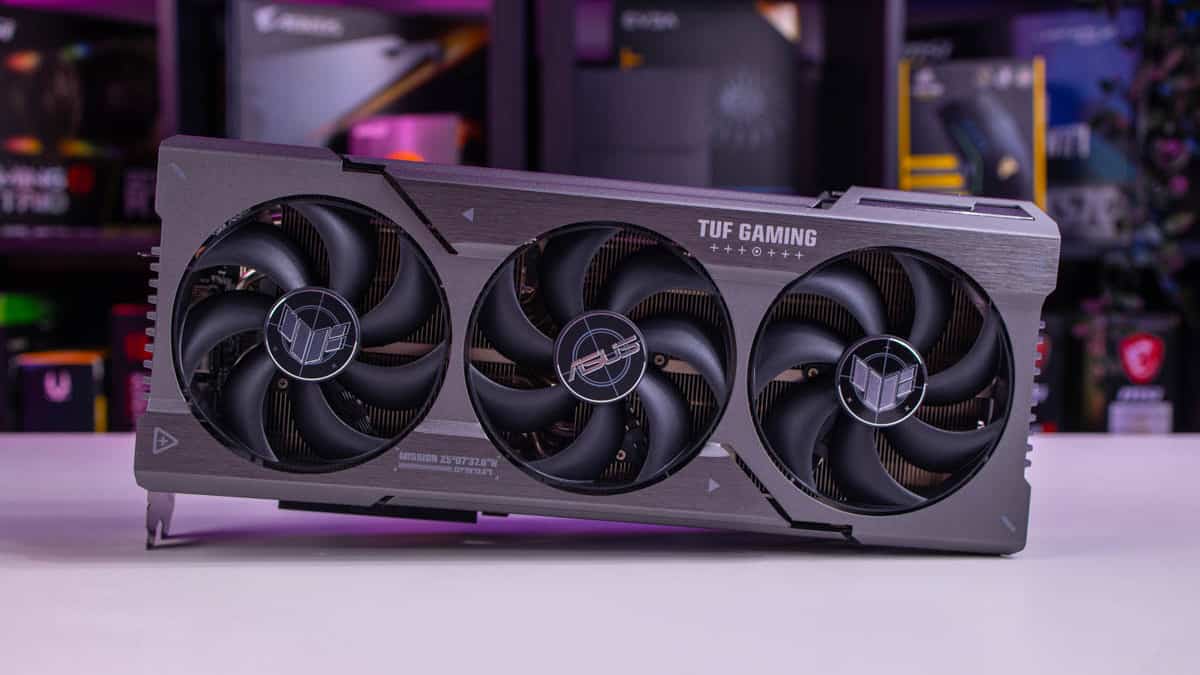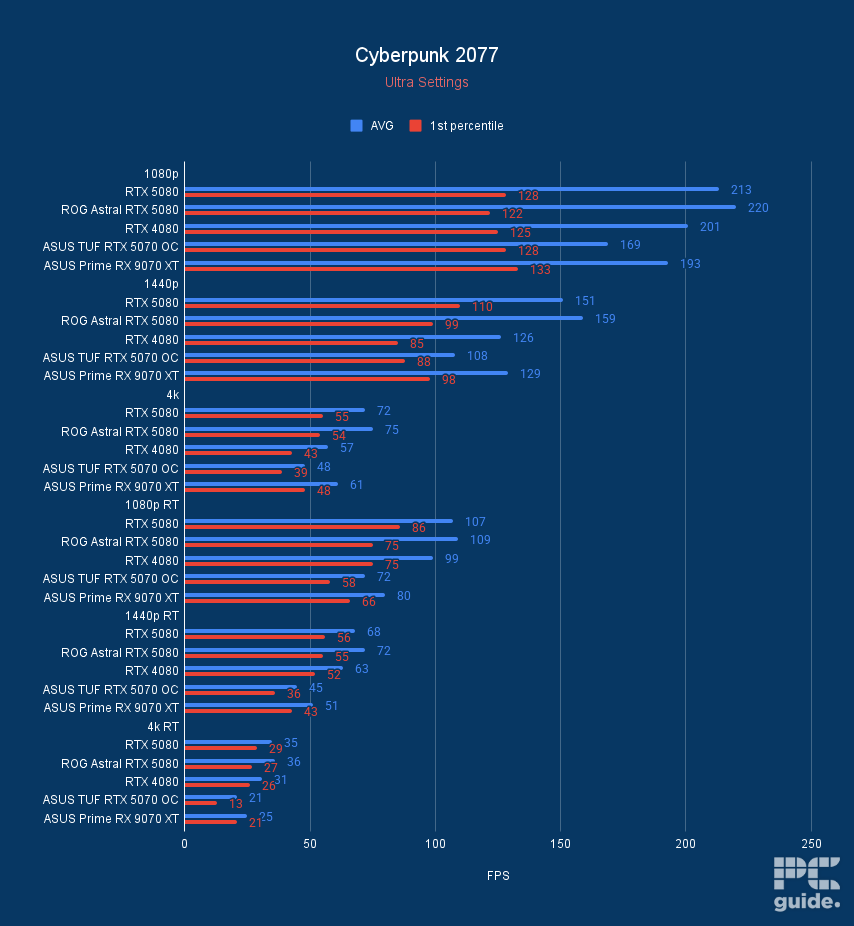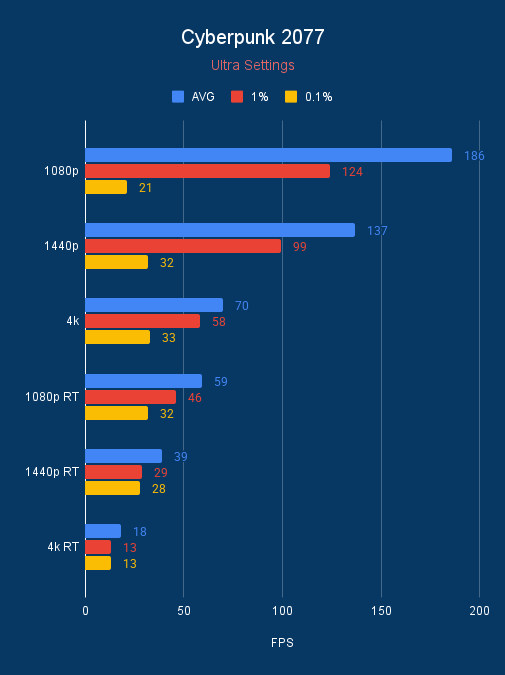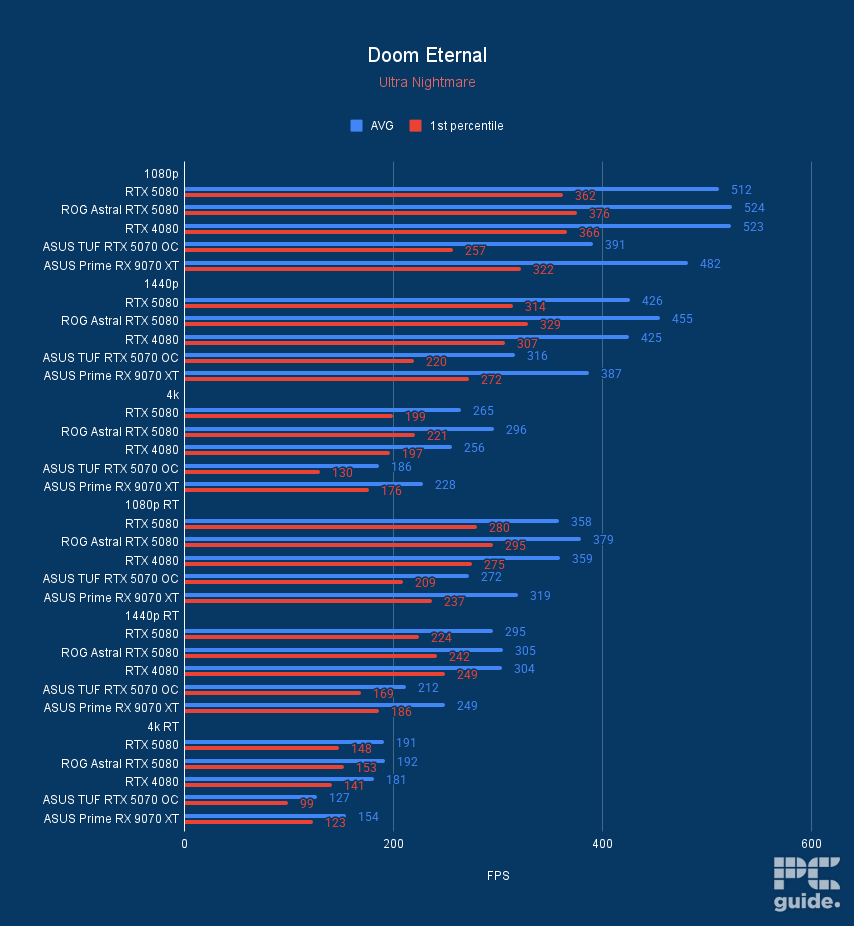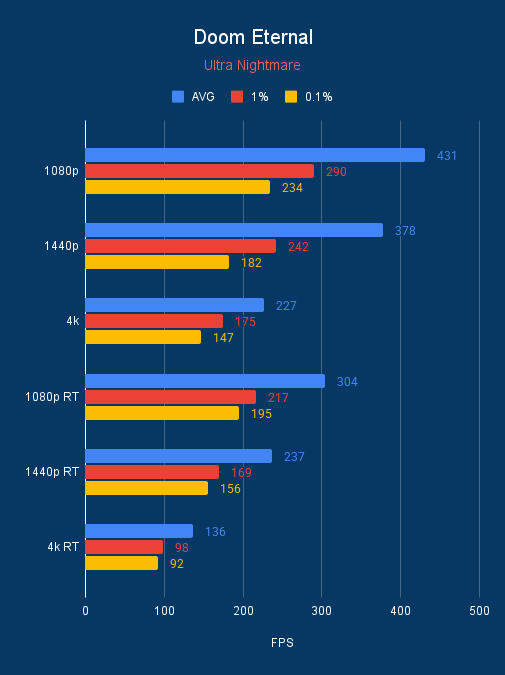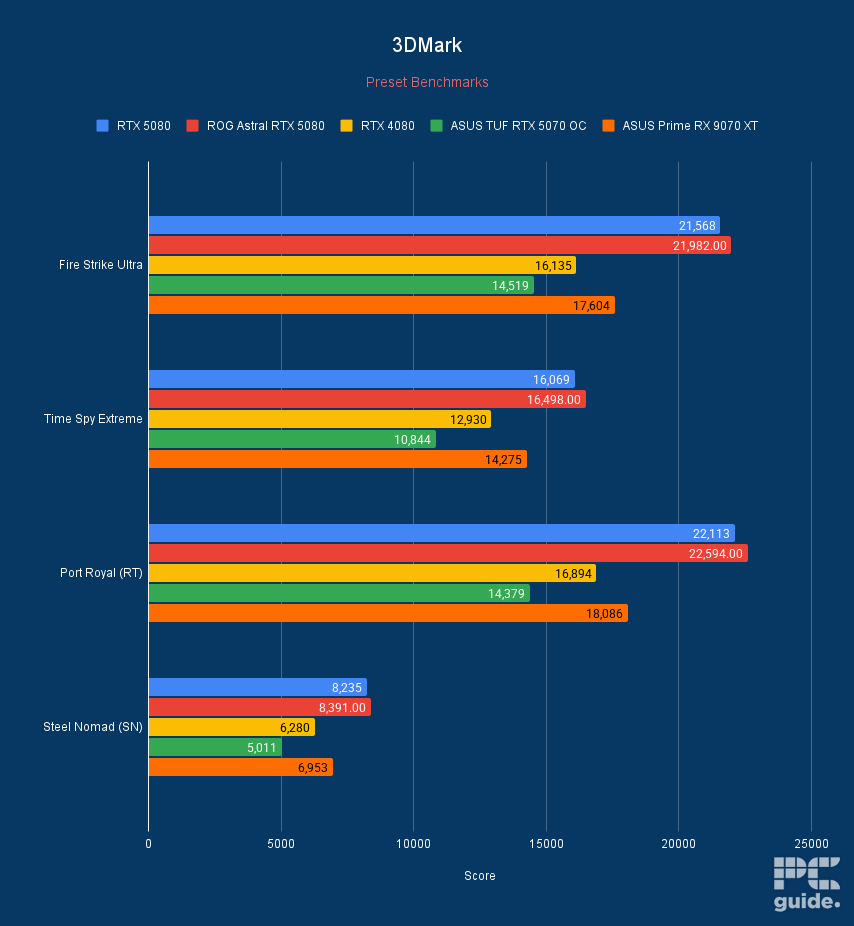RX 9070 XT vs RX 7900 XTX spec and performance comparison – which one comes out on top?
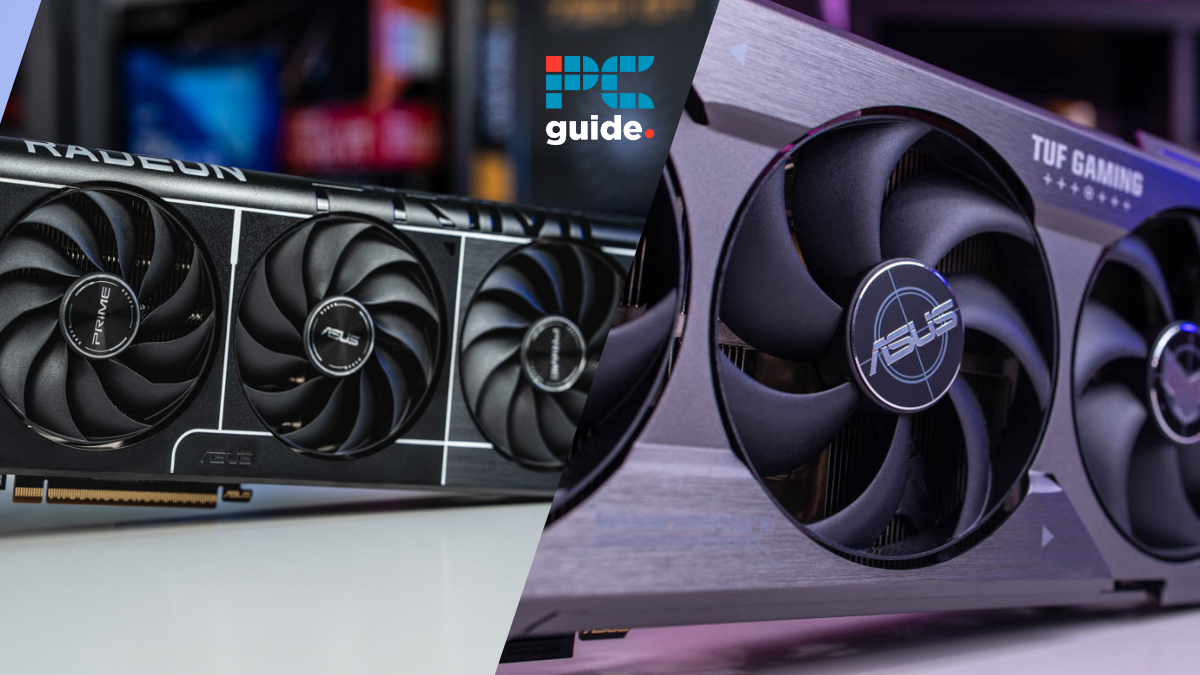
Table of Contents
We reviewed the RX 9070 XT, and its gaming and synthetic performance blew us away. Not only was it capable of outperforming its alternatives, but the RDNA 4 architecture also allowed it to trade blows with high-end GPUs. That being said, the Radeon 9000 GPUs focus on the mid-range bracket, and the last “high-end” GPU from AMD was the RX 7900 XTX.
So, if you're like us, you might wonder whether the RX 9070 XT with RDNA 4 can compete against the RX 7900 XTX or if the Radeon 7000 flagship will reign supreme.
We've reviewed the RX 7900 XTX, and it is an excellent card for 4K gaming and provides a great alternative to the RTX 4090. So, this showdown is going to be interesting, and with the Ryzen 9 9950X3D and 9900X3D also launched, the era for all-AMD PCs with these next-gen components is now.
Prime Day may have closed its doors, but that hasn't stopped great deals from landing on the web's biggest online retailer. Here are all the best last chance savings from this year's Prime event.
- Sapphire 11348-03-20G Pulse AMD Radeon™ RX 9070 XT Was $779 Now $719
- AMD Ryzen 7 7800X3D 8-Core, 16-Thread Desktop Processor Was $449 Now $341
- Skytech King 95 Gaming PC Desktop, Ryzen 7 9800X3D 4.7 GHz Was $2,899 Now $2,599
- LG 77-Inch Class OLED evo AI 4K C5 Series Smart TV Was $3,696 Now $2,996
- AOC Laptop Computer 16GB RAM 512GB SSD Was $360.99 Now $306.84
- Lexar 2TB NM1090 w/HeatSink SSD PCIe Gen5x4 NVMe M.2 Was $281.97 Now $214.98
- Apple Watch Series 10 GPS + Cellular 42mm case Smartwatch Was $499.99 Now $379.99
- AMD Ryzen 9 5950X 16-core, 32-thread unlocked desktop processor Was $3199.99 Now $279.99
- Garmin vívoactive 5, Health and Fitness GPS Smartwatch Was $299.99 Now $190
*Prices and savings subject to change. Click through to get the current prices.
RX 9070 XT vs RX 7900 XTX specs comparison
Here’s a quick look at how these two cards stack up side-by-side.
| Specifications | RX 9070 XT | RX 7900 XTX |
| Compute units | 64 (4096) | 96 (6144) |
| RT Accelerators | 64 | 96 |
| AI Accelerators | 128 | 192 |
| Peak AI TOPS | 1557 TOPS | – |
| Boost clock speed | 2.97 GHz | 2.5 GHZ |
| Memory | 16GB | 24GB GDDR6 |
| TDP | 304W | 355W |
| Connectivity | PCIe 5.0 x16 | PCIe 4.0 x16 |
| Display | DisplayPort 2.1a, HDMI 2.1b | DisplayPort 2.1, HDMI 2.1 |
Performance comparison
At first glance, the RX 7900 XTX seems to be the better card based on specifications, and we've also got in-house benchmarks to back that up. However, the RX 9070 XT also showcased excellent performance, so let’s see which GPU comes out on top.
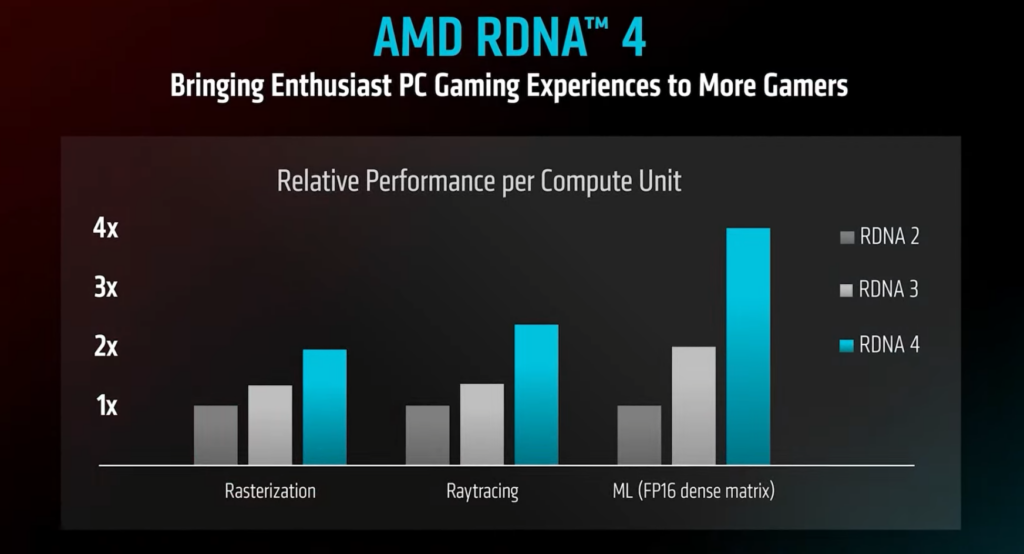
RX 9070 XT vs. RX 7900 XTX 4K performance
The RX 7900 XTX is the flagship GPU of the Radeon 7000 lineup and was made to compete against the RTX 4090. This means that it has excellent 4K gaming performance, but to gauge how far or close these GPUs are, we’ll take the results of Cyberpunk 2077, Doom Eternal, and Counter-Strike as examples.
In Cyberpunk 2077, the RX 9070 XT and RX 7900 XTX managed to deliver 61 and 70 FPS, respectively, which is only a difference of 13%. On top of that, the trump card that the RX 9070 XT has in its pocket is the FSR 4, which is exclusive to the Radeon 9000 GPUs. This means that it should be able to bridge this gap easily, but with the 7900 XTX working with FSR 3, the performance delta might remain the same.
Doom Eternal ran with 228 FPS, while the 7900 XTX managed only 1 FPS less with 227. This is a 0.4% difference in performance, and simply changing the settings, CPU, or RAM can result in such a difference, so we can consider this a tie between them. On the other hand, in Counter-Strike, we got 389 FPS from the 7900 XTX, and the 9070 XT could only manage 110 FPS.
This means that the 7900 XTX is 111% better than the 9070 XT, but we suspect that this low performance of the latter in this particular title could be a result of driver issues as it managed to churn out very high FPS in other titles and CS isn’t a very graphically demanding title like Cyberpunk 2077.
RX 9070 XT vs. RX 7900 XTX 1440p performance
When it comes to 1440p output, it is easier on the graphics card to render frames at this resolution as it strikes a good balance between graphical fidelity and the effort it takes to process the data. It is better in quality than 1080p but doesn’t take a toll on the GPU like UHD does.
In Cyberpunk 2077, the RX 9070 XT delivered 129 FPS, while the RX 7900 XTX managed 137 FPS. This is a performance difference of 6%, which is much better than the 13% difference we saw at 4K. However, in Doom Eternal, the performance gap increased to 2.3% as the 9070 XT delivered 387 FPS while the 7900 XTX churned out 378 FPS. This isn’t a huge difference, but it does show that the former has the ability to outperform the latter, given the opportunity.
Lastly, in Counter-Strike, the 9070 XT managed 231 FPS, and the 7900 XTX showcased a dominating performance with 609 FPS. This gives the 7900 XTX 90% better output.
RX 9070 XT vs. RX 7900 XTX synthetic performance
To test the synthetic performance of all the GPUs we test, we use a blend of different software, but we’ll compare the performance of these cards showcased in 3DMark as an example.
Fire Strike Ultra is a benchmark that uses DX11 and gauges a graphics card’s ability to render 4K frames. In this test, the RX 9070 XT managed 17,604 points, while the RX 7900 XTX easily blew past that with 20,410 points (14% performance difference). In Time Spy Extreme, which uses DX12 and is heavier on the GPU, the 7900 XTX delivered 14,230, while the 9070 XT got 14,275 points. This is a difference of 0.3% and is negligible, so we can call this one a tie as well.
However, the one area where the RX 9070 XT is much better than the RX 7900 XTX is ray tracing. In Port Royal, the former managed 18,086 points, while the latter topped out at 15,315. This means that despite having more decked-out hardware, the RX 7900 XTX couldn’t match the ray tracing output of the 9070 XT, and the latter is 16% better.
Design differences
Now that we’ve seen how these graphics cards stack against each other in gaming and synthetic tests, let’s see what makes them tick and gives them the performance that we saw.
Memory
The first and most obvious difference between these GPUs is that they are in different positions in the performance hierarchy, which is obvious if you look at the memory capacity. The RX 9070 XT has 16GB VRAM, while the RX 7900 XTX has 24GB GDDR6.
More VRAM means being able to hold and process more data, so the RX 7900 XTX should have a much better output in 4K gaming and other workloads.
Compute units
Compute units are the basic building blocks of the GPU, and each CU consists of individual elements known as Stream Processors. So, the more compute units there are, the more Stream Processors there will be, resulting in better performance.
That being said, the RX 7900 XTX has 96 CU and 6,144 Stream Processors. Comparatively, the RX 9070 XT only has 64 CU with 4096 Stream Processors. However, the 9070 XT’s Stream Processors are based on RDNA 4, meaning they’ve got 4nm process nodes, while RDNA 3 had 5nm process nodes.
This gives them a transistor count of 53.9 and 57.7 million, respectively. This puts the RX 7900 XTX above the RX 9070 XT, but the cores and architecture of the RX 9070 XT are much more efficient, allowing it to trade blows with the 7900 XTX.
Connectivity
Like the RTX 50-series GPUs, the Radeon 9000 cards also feature PCIe 5.0 connectivity. The maximum bandwidth per lane for a PCIe 5.0 connection is 4 GB/s, meaning it would total to 64GB/s if you were to install the card on the PCIe 5.0 x16 slot, which is a given.
On the other hand, the RX 7900 XTX has a PCIe 4.0 connection, which has a 2 GB/s per lane bandwidth, meaning a total of 32 GB/s on an x16 connection. That being said, the PCIe connection enables fast communication between the CPU and GPU; a higher bandwidth means more data can flow without issues.
However, it'll still face a “bottleneck” if the memory bus is limited. The RX 7900 XTX has a 384-bit memory interface width, and the RX 9070 XT has a 256-bit interface width. This means that the RX 7900 XTX can processor 384 bits of data for each clock cycle, which occurs millions of times per second, resulting in better performance.
Pricing
The RX 7900 XTX launched at $999 MSRP, and comparatively, the RX 9070 XT is priced much lower at $599 MSRP. However, these GPUs are on different levels of the performance hierarchy; one is a flagship, while the other is a mid-range GPU. That being said, third-party variants generally cost more, but we found this XFX Speedster MERC310 AMD Radeon RX 7900XTX for $1,077.09 on Amazon.
So, between the two, if you can find the RX 7900 XTX at MSRP, it is the GPU to go for, as it should deliver better 4K performance than the RX 9070 XT. However, if you’re targeting 1440p, the RX 9070 XT should be the better option, but it can also compete with the RX 7900 XTX at 4K.
Verdict
The RX 9070 XT and the RX 7900 XTX are excellent cards, and the competition between them is tough as they can easily go toe-to-toe against each other. We saw the 7900 XTX outperforming the 9070 XT in 4K, but their difference wasn’t huge, and FSR 4 should help bridge that gap.
However, when it comes to AI, ray tracing, and creative performance, the newer hardware of the RX 9070 XT puts it a cut above the RX 7900 XTX, so for those who want better creative performance from their rig, the 9070 XT would be the better choice. That being said, both graphics cards have their usage as workflows that require more VRAM will have better performance with the 7900 XTX, and ultimately, it’ll all depend on the price.
The Radeon 7000 flagship costs significantly more than the 9070 XT, but if you’re okay with sacrificing just a little bit of performance, the 9070 XT is the obvious choice as it offers significantly better value for money.

